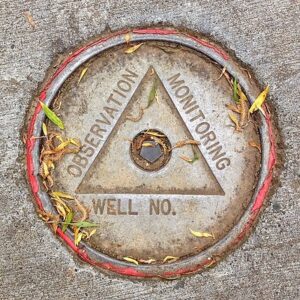The pandemic posed a shared problem, but its impact may affect the high school Class of 2020 more profoundly than most. A new report by the National Student Clearinghouse Research Center showed that fewer than 1% of students from this cohort that did not enroll in post-secondary programs immediately after graduation have subsequently enrolled.
According to the report, in 2021, 0.7% of those in the Class of 2020 who bypassed college enrollment right after graduation enrolled. Two years after graduation, just 0.2% signed up for classes. Initially, that may have been bad news for colleges and universities hoping to increase their enrollments, but it now presents both an opportunity and a challenge for community colleges.
The behavior of the Class of 2020 is not remarkable. It is known that when high school graduates don’t immediately enroll in post-secondary programs, they typically forgo college indefinitely. Even when recent graduates plan or intend to enroll in the future, that isn’t the likeliest outcome. What is remarkable about the Class of 2020, though, is that their enrollment rate was well below pre-pandemic levels and remains there today.
The rate of enrollment among students from high-poverty high schools is slowly increasing; only about half of students from these high schools enroll in a post-secondary program. This remains well below enrollment levels among students who graduated from low-poverty high schools, where about nine out of ten students make their way to college classrooms.
As a point of comparison. the Class of 2019 – the last class that was unaffected by the pandemic while in high school, had the following enrollment rates: among high poverty high schools, about 55% of the Class of 2019 enrolled in college classes immediately. Among 2019 graduates of low-poverty high schools, the immediate enrollment rate was about 75%.
Class of 2020 offers an opportunity for community colleges
The six-year completion rate of the Class of 2013 – also the last class unaffected by the pandemic – shows little change. Among students from high -poverty high schools, the six-year graduation rate was 23%. The six-year graduation rate among students from low-poverty high schools was
It remains to be seen whether COVID-19 will have a long-term impact on the six-year graduation rate. The Classes of 2015 and 2016 have notched a 25% graduation rate among students from high-poverty high schools. Among students from low-poverty high-schools, the graduation rate was about 60%.
It’s very clear that the opportunity to catch Class of 2020 students who didn’t enroll in college immediately after high school graduation is likely to be left to community colleges. If the goal is to engage prospective students who are still considered “traditional” – that is, those between the ages of 18-24, these students are being left behind by four-year universities.
While this is the opportunity, the challenge is convincing these young adults that leaving the workforce to attend classes is worth the time and effort. That will be a hard sell when the average degree you offer will lead them to salaries of less than $45,000 – $50,000 per year.
It is imperative that community colleges revamp their approaches to occupational and vocational programs if the goal is to recruit young adults who are looking to improve their economic position. Community colleges cannot simply rely on employers to dictate the course catalog. That’s been the strategy for the last 50 years, and it doesn’t work anymore. It’s time to start addressing the needs of the students. Otherwise, our decades-long investment in community colleges will go up in smoke.
Photo credit: Jill Carlson, via Flickr












